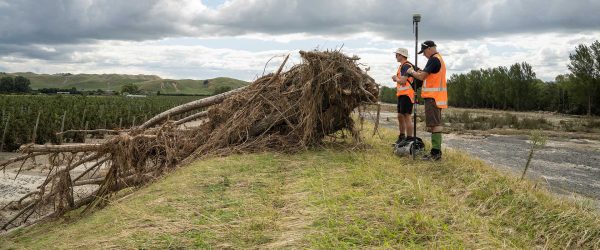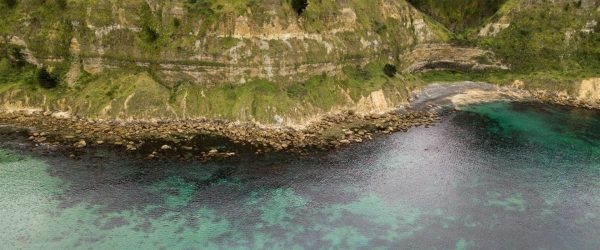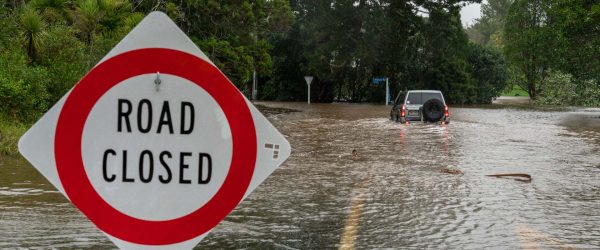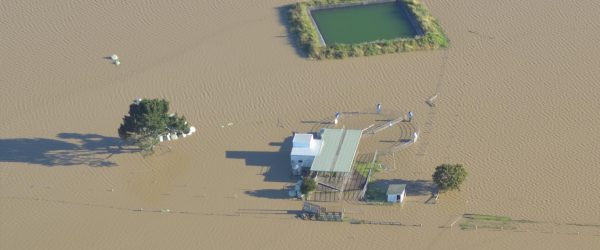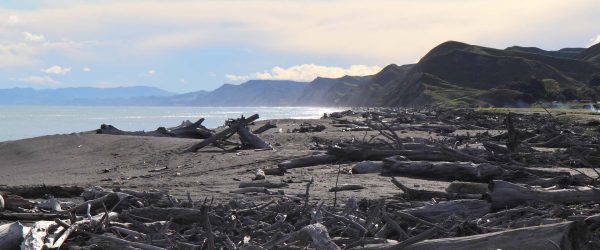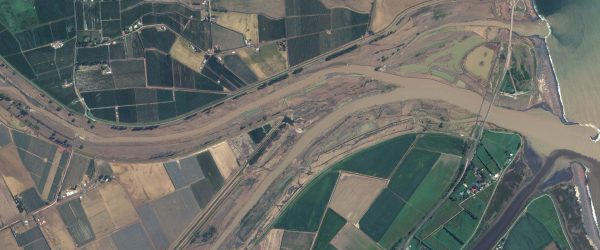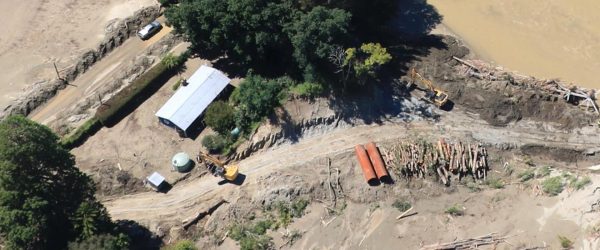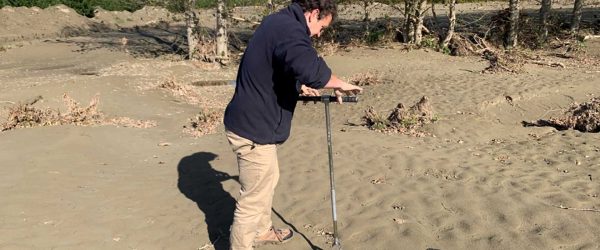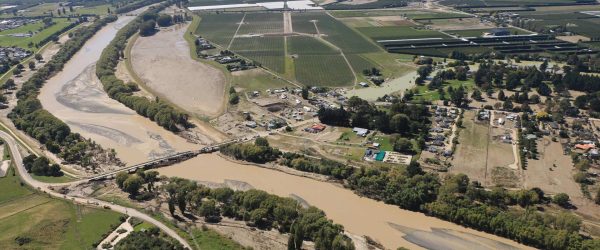This project will combine data and lessons learned to provide an evidence-base to support critical infrastructure recovery decisions following the North Island extreme weather events.
The first part of this project will focus on the impact of the events on critical infrastructure across the North Island including networks such as transportation, energy, communications and water. This will include the damage locations, damage characteristics and the reinstatement times where applicable. As infrastructure supports the wellbeing and function of communities and businesses, an important aspect also considered is the level of service provided by each infrastructure to those across the affected regions. Alongside the critical infrastructure networks themselves, the services that these networks support need to be understood, including impact on financial services and logistics networks. A true picture of all these aspects requires a view across all critical infrastructure given the interconnected nature of these networks. This will be combined to develop an information base representing how critical infrastructure and the services they support performed across all affected regions and how level of service varied with time following these events.
The second part of the project will look to other large scale natural hazard events that have occurred internationally and how the recovery of critical infrastructure networks in the affected regions was managed and supported. This will include a meta-analysis of disaster recovery reviews from academic and grey literature. These will be reviewed to identify key lessons and learnings that can further support recovery decisions and processes. This will be complemented by a summation of best practice principles for evaluating infrastructure investment decisions from a resilience perspective to support recovery decision-making that is responsive to community needs and changing hazard landscapes.
As critical infrastructure supports all aspects of modern life, a robust understanding of performance and implications of damage is needed to inform current and future decision making. Infrastructure is complex and networks rely on each other to function through dependencies, such as a water supply pump stations’ and fibre-communication networks’ reliance on electricity to function. Critical infrastructure is also managed by multiple agencies across multiple regions, each with varying priorities and levels of cooperation. The research team involved in this project is well placed to work with and across these agencies to provide an overarching representation of these effects and support coordinated and complex recovery efforts.
At the end of the project a finalised information base of critical infrastructure performance will be released. Formal reporting related to both parts of the project will also be released in stages (through targeted bulletins) and combined into a single report at the culmination of the project.
This project will be delivered by a large multi-disciplinary, multi-institutional team that represents the leading researchers at the intersection of natural hazards and the built environment in Aotearoa New Zealand.
Resource Outputs from this project
Presentation slides from ‘Reducing Future Extreme Weather Impacts in Aotearoa New Zealand’ webinar
Webinar presentation slides presenting key findings from the Extreme Weather Research Platform (EWRP).
Reducing Future Extreme Weather Impacts in Aotearoa New Zealand
Researchers from the Extreme Weather Research Platform (EWRP) present their key findings.
Critical infrastructure recovery: Key lessons
Recovery lessons from the 2023 North Island Extreme Weather events, applicable to a range of end-users with various roles in critical infrastructure related recovery activities.
Building resilience through recovery: investment decision-making
Incorporating resilience considerations into disaster recovery and re-establishment of critical infrastructure.
Building resilience through recovery: Investment decision making
This brief outlines the decision making process in critical infrastructure repair and recovery and the considerations necessary to inform those decisions.
Critical Infrastructure Recovery: Key Lessons
This brief provides advice for managing critical infrastructure recovery programmes including governance and operational management, recovery work sequencing and resourcing, information needs and engagement.



